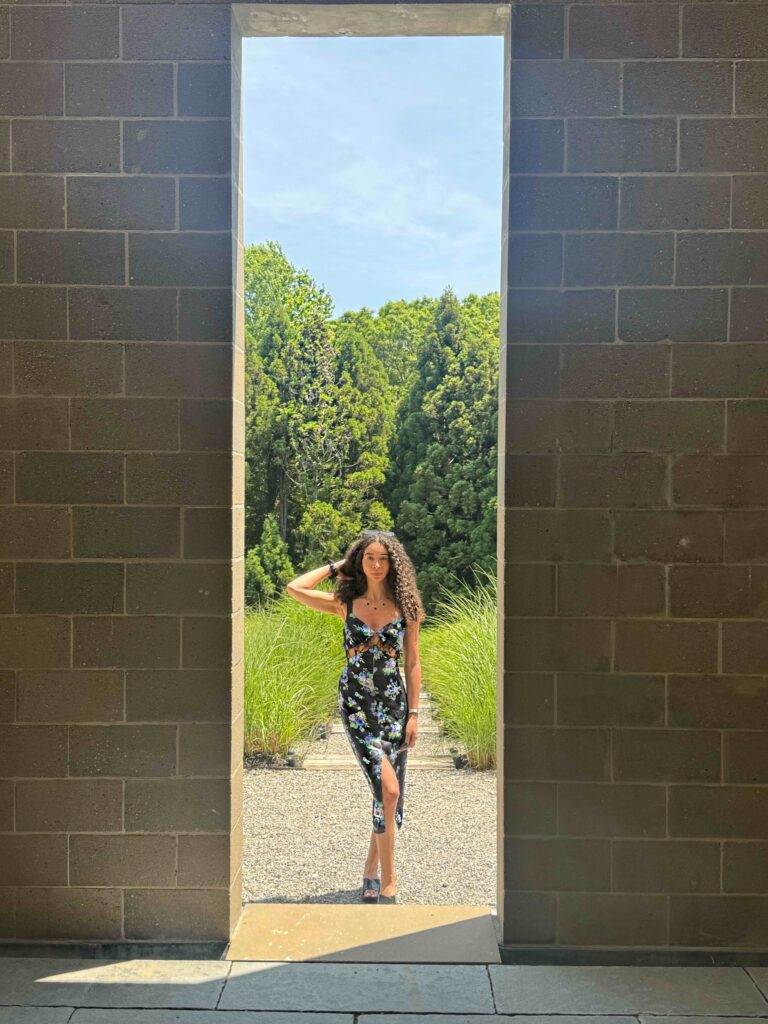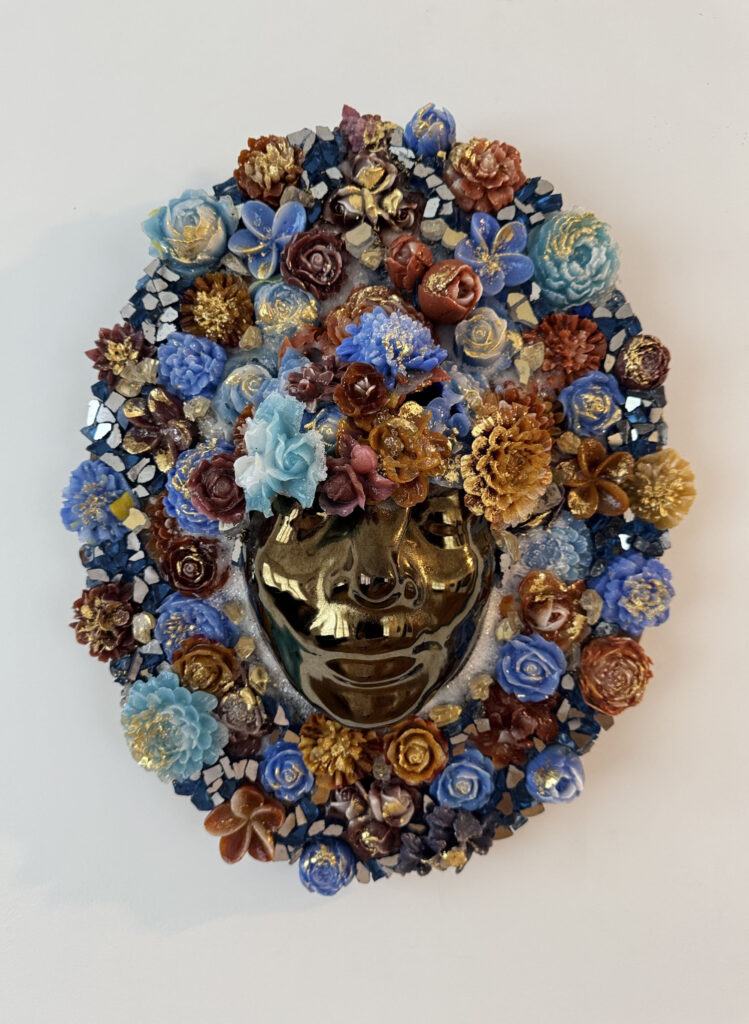
Hamptons Black Arts Council. Photography by Richard Simon and courtesy of Storm Ascher.
“All these years in the Hamptons, I’d paint on the beach by myself, having these moments where I was thinking, There’s something else here for me,” reflects Storm Ascher. The artist and curator, who has spent summers and winters on the East End since 2013, wasn’t referring to white parties or sceney Gurney’s: “There’s something else that I’m connecting to spiritually,” she recalls telling herself.
Ascher started Superposition Gallery, her nomadic platform for artists, in 2018. The inspiration for the Hamptons Black Arts Council—a nonprofit with a mission to support public programming for Black artists and arts organizations—came just two years later. Ascher credits its inception to a variety of influences, including the pandemic and the Black Lives Matter movement. “I was living in Sag Harbor during George Floyd,” she says, describing a period of population shift and strained resources. The contrast between those working every day in stores throughout lockdown and those ensconced in their second homes struck her. “There was a lot of backlash about people escaping the city for these beautiful, lush areas that were more populated during Covid—people who didn’t have to deal with normal societal issues.”
She also also attributes her success to figures such as Dr. Georgette Grier-Key, without whom the Hamptons Black Arts Council may not have come to fruition. “She’s the one who connected me with the rest of the Black community in the Hamptons,” Ascher says of the Eastville Community Historical Society of Sag Harbor’s inaugural executive director and chief curator. “Eastville is a treasure trove of archival materials of Black history in the Hamptons.”

This summer, the council reaches several milestones. One of them is “Mami Wata,” the Eastville Community Historical Society’s benefit exhibition (on view through Nov. 30), which is deeply personal for Ascher. “This show is all about the goddess of water—how she brings greatness and destruction,” she explains. “The idea [behind the exhibition] is that there were these powerful women who bought up property on the beach and really founded parts of Sag Harbor.” For example, she points to the Black queer architect Amaza Lee Meredith, who shaped the area into a safe summer haven for Black people in an era of segregation and racial violence. But, as Ascher shared on Instagram, “Mami Wata” is also “an altar” for healing after a personal near death medical experience, “one that too many Black women carry in silence, screaming into the void of a health care system that has never taken our pain seriously.”
In addition, the Hamptons Black Arts Council is spearheading the establishment of a permanent contemporary art collection at Eastville. So far, donations include works by Sanford Biggers, Derrick Adams, Alisa Sikelianos-Carter, and a Queen Nanny portrait by Renee Cox. Ultimately, Ascher says, “We want more artists to feel like they have history in the Hamptons, not just a place to bus out to for the day.”










 in your life?
in your life?

